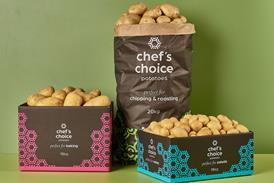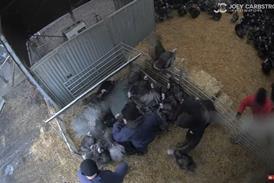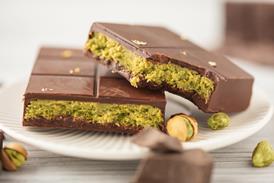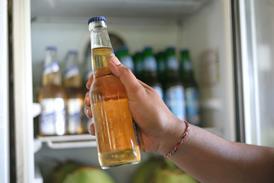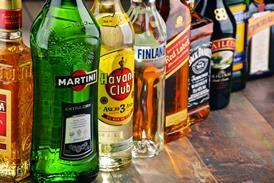Close menu
- Home
- Retail & Wholesale
-
Products & Suppliers
- Back to parent navigation item
- Products & Suppliers
-
Product Categories:
- Back to parent navigation item
- Product Categories:
- Alcoholic drinks
- Bakery
- Cereals & breakfast
- Cheese
- Chicken & poultry
- Chocolate
- Confectionery
- Crisps, nuts & snacks
- Dairy
- Fish
- Fresh produce
- Frozen
- Household
- Meat
- Own Label
- Sauces & condiments
- Seasonal
- Soft drinks
- Vaping
- Vegan & plant-based
- World foods
- Suppliers
- People
- Reports & Data
-
Topics A-Z
- Back to parent navigation item
- Topics A-Z
-
Popular topics:
- Back to parent navigation item
- Popular topics:
- Cost of living crisis
- Crime
- Deposit Return Schemes
- Finance
- Government & Regulation
- Health
- Inflation
- Loyalty
- Marketing
- Mergers & Acquisitions
- New Product Development
- Sourcing
- Supply chain
- Sustainability & environment
- Technology
- Ultra Processed Foods
- Vaping
- A-Z all topics
- Content by type:
- Events
- Ask iA (beta)
- Subscribe now
Navigating the HFSS ad ban: from food porn to brand power
By Jon Evans2025-08-18T12:39:00

Whatever your feelings about the rights or wrongs of the HFSS regulation, it’s going to lead to a revolution in the way we sell food products, says Jon Evans, CCO at System1
A couple of years ago Deliveroo launched a campaign around the idea of ‘Food. We get it’. The adverts were firmly in the realm of what marketers call ‘food porn’ – huge juicy burgers, the crispiest of nuggets, cheese melting off the pizza slice. It’s exactly the kind of ad brands won’t be making any more, as they start obeying the HFSS food ad ban from October, prior to it coming into legal force in January.
Already have an account? Sign in here
Already have an account? Sign in here

